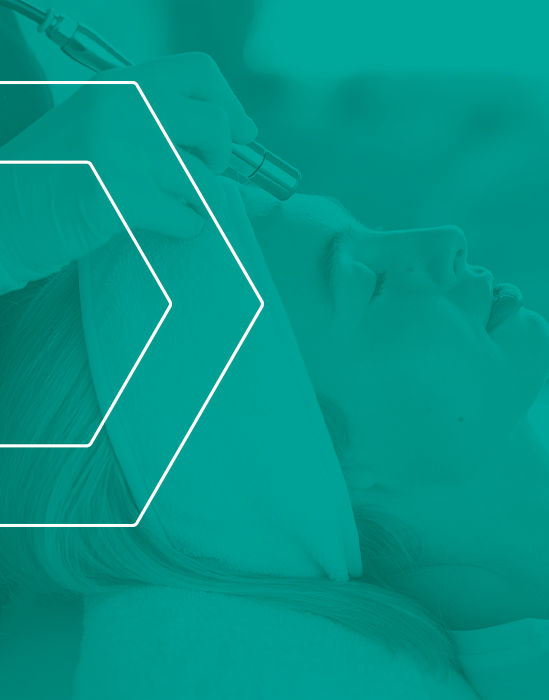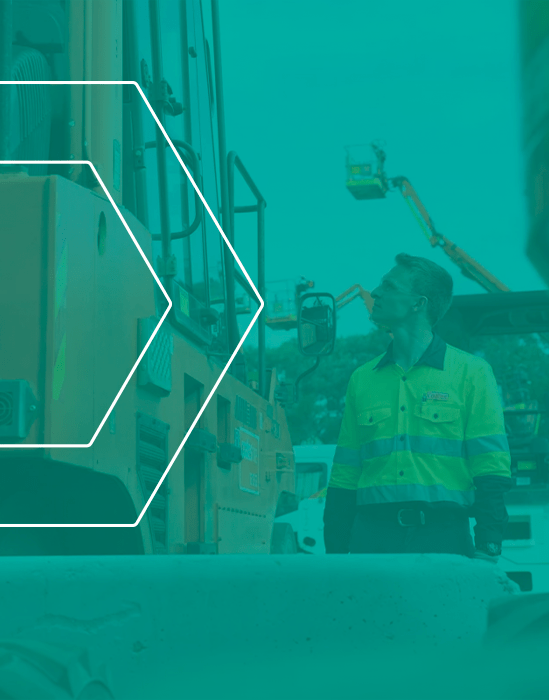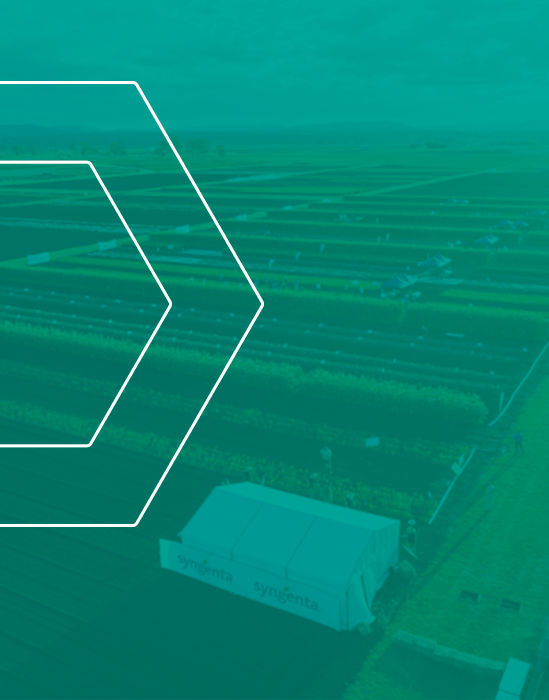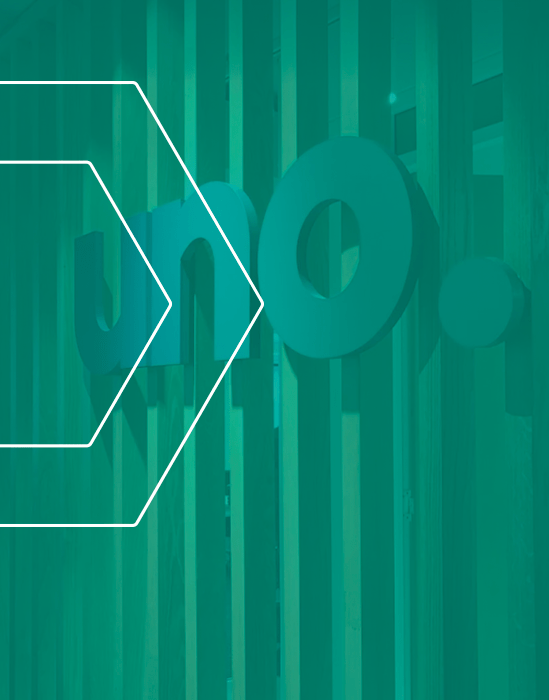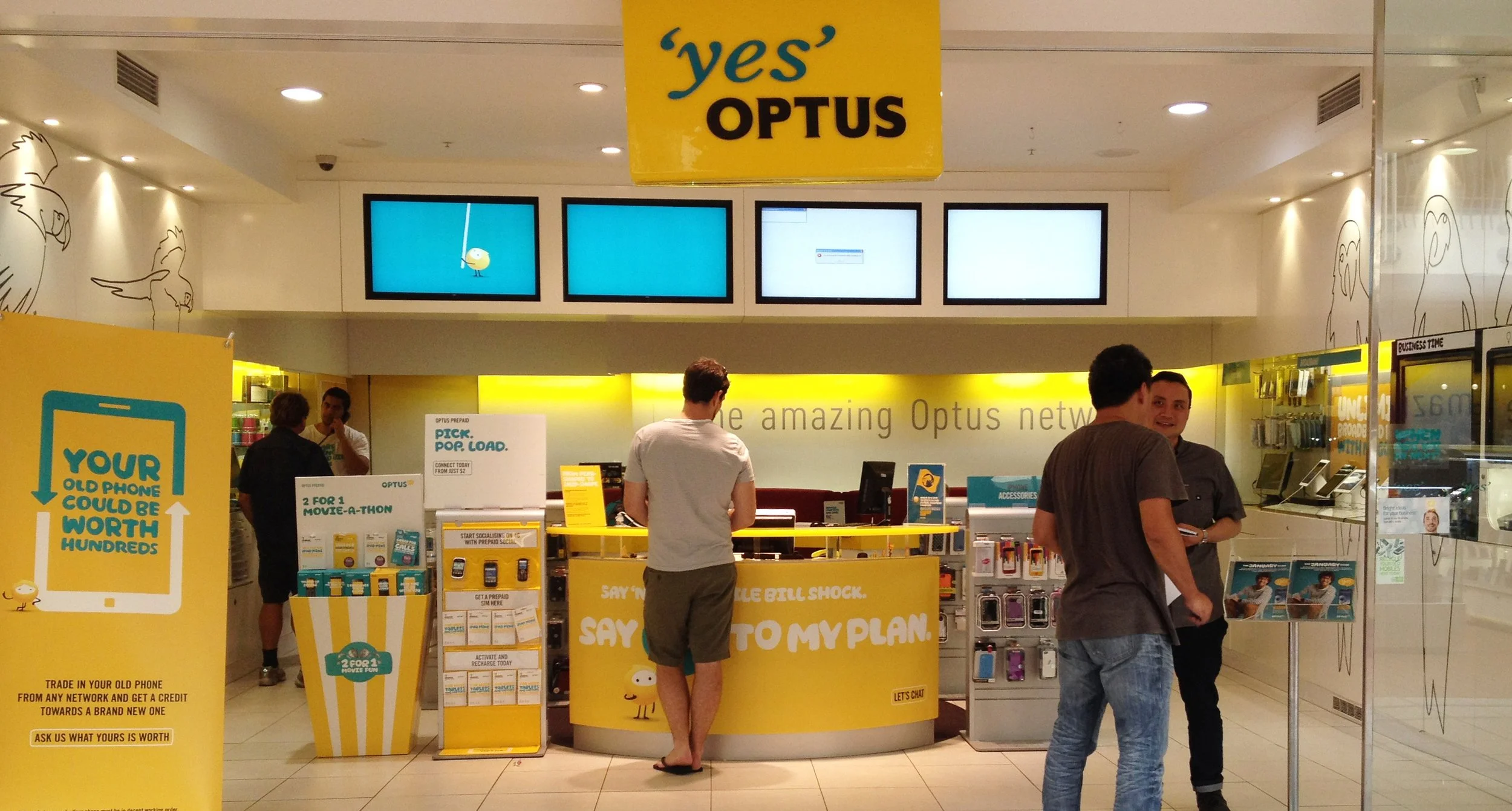
Customer Service Strategy - turn support to advantage
Transform Support into Competitive Advantage by delivering support experiences that solve problems, build relationships, and drive business growth. In today's competitive landscape, exceptional customer service has evolved from a cost centre to a strategic differentiator that directly impacts customer retention, brand reputation, and revenue generation.
We can help you design a customer service strategy that stops revenue leakage, proves ROI, and gives you clarity on where to invest for the greatest impact
What we uncover
We dig into customer and business evidence to find where revenue is leaking and where opportunities lie.
Data-led diagnosis of current service and operations
Customer insights that reveal pain points and priorities
Clear view of the biggest opportunities for impact
What we create
We create a service strategy and investment roadmap, backed by proof of ROI.
Service strategy aligned to market needs and customer demand
Roadmap that prioritises high-return initiatives
Service model design that balances customer experience with operational delivery
What it delivers
We help you put the plan into action, measure results, and keep improving.
Step-by-step implementation support
ROI frameworks that track what’s working
Governance and measurement tools to sustain growth
Ready to make your service strategy pay off?
Book a session with our team to see where you can cut waste, invest smarter, and deliver measurable results.
Areas of expertise
Human Centred Research
Drive innovation with human-centred research that places real customer needs at the heart of design. By combining qualitative insights with proven customer experience design methods, we ensure every product and service resonates deeply with your audience, building loyalty and long-term value.
Service Design & Innovation
Reimagine value delivery through service design and innovation. From redesigning key processes to introducing breakthrough experiences, we combine creativity with evidence-based frameworks, ensuring your experience design is efficient, impactful, and memorable at every touchpoint.
Customer Journey Mapping
Uncover opportunities with customer journey mapping that highlights pivotal touchpoints and pain points. Our CX design approach transforms these insights into actionable strategies, helping you craft seamless journeys that enhance satisfaction, reduce friction, and accelerate business growth.
Future State Experience Design
Stay ahead of customer expectations with future state experience design. By anticipating emerging behaviours and market shifts, we help you craft future-ready CX solutions that exceed standards, set benchmarks in your industry, and ensure your customer experience design remains competitive.
Customer Insights
Harness actionable customer insights to shape your design decisions with clarity and precision. We connect data, behaviour, and feedback into a clear narrative, ensuring every cx design initiative aligns with your customers’ evolving needs and expectations.

Too often, customer service is treated as a reactive function. But great brands know it’s a strategic differentiator. At Proto Partners, we help organisations design and implement a customer service strategy that’s clear, consistent and genuinely aligned with customer needs.
Whether you’re managing contact centres, in-store teams or digital service platforms, we build strategies that unite your people, processes and systems around one goal: delivering better service, consistently.
What is Customer Service Strategy?
Customer service strategy is a comprehensive framework that aligns support operations with business objectives, customer expectations, and brand values. It encompasses service delivery models, channel optimisation, performance standards, technology integration, and team capabilities that collectively create consistent, valuable customer interactions.
An effective strategy extends beyond reactive problem-solving to encompass proactive support, customer education, and relationship building, transforming service interactions into opportunities for deeper customer engagement and business value creation.
The Strategic Value of Customer Service Excellence
Organisations with well-executed customer service strategies experience a significant business impact across multiple key metrics. Companies that prioritise service excellence achieve 25% higher customer retention rates and generate 1.4 times more revenue per customer compared to those with average service performance.
Business Impact Areas:
Customer Retention: Exceptional service experiences reduce churn by addressing issues before they escalate and creating positive emotional connections that build loyalty beyond product features or pricing.
Revenue Growth: Strategic service delivery identifies upselling and cross-selling opportunities while reducing customer acquisition costs through improved retention and positive word-of-mouth referrals.
Operational Efficiency: Well-designed service strategies reduce resolution times, minimise repeat contacts, and optimise resource allocation through improved process design and technology utilisation.
Brand Differentiation: Consistent service excellence creates memorable experiences that distinguish organisations in competitive markets where products and pricing become commoditised.
Core Components of Customer Service Strategy
Service Vision and Standards - Strategic customer service begins with a clear articulation of service vision, performance standards, and behavioural expectations that align with brand values and customer needs. This foundation guides decision-making, resource allocation, and team development across all service interactions.
Channel Strategy and Optimisation - Modern customers expect seamless support across multiple channels, including phone, email, chat, social media, and self-service platforms. An effective strategy ensures consistent experience quality while optimising channel usage based on customer preferences and interaction complexity.
Process Design and Workflow Optimisation - Service strategy includes the systematic design of support processes that balance efficiency with quality of experience. This encompasses case management workflows, escalation procedures, knowledge management systems, and quality assurance frameworks.
Technology Integration and Automation - Strategic technology deployment enhances service delivery through CRM systems, ticketing platforms, knowledge bases, chatbots, and analytics tools that support both agent productivity and customer self-service capabilities.
Team Development and Performance Management - Service excellence requires skilled, engaged teams supported by comprehensive training programs, performance management systems, and career development opportunities that align individual success with customer satisfaction outcomes.
Measurement and Continuous Improvement. - Effective strategies include robust measurement frameworks that track both operational metrics and customer satisfaction indicators, enabling data-driven optimisation and continuous service enhancement.
Service Strategy Development Process
Current State Assessment
Strategy development begins with a comprehensive analysis of existing service performance, customer feedback, operational metrics, and competitive positioning to establish a baseline understanding and identify opportunities for improvement.
Customer Journey Analysis
Detailed examination of customer touchpoints, pain points, and moments of truth throughout the service experience reveals optimisation opportunities and helps prioritise strategic initiatives based on customer impact.
Service Model Design
Based on assessment findings and business objectives, comprehensive service models are designed that specify delivery channels, staffing approaches, technology requirements, and performance standards aligned with customer needs and organisational capabilities.
Implementation Planning and Change Management
Strategic service transformation requires careful implementation planning, including resource allocation, timeline development, training programs, and change management initiatives that ensure successful adoption across the organisation.
Service Delivery Models
Traditional Support Centre
Centralised service delivery model focused on efficient case resolution through specialised teams, standardised processes, and comprehensive training programs that ensure consistent service quality across high-volume interactions.
Omnichannel Service Hub
An integrated approach that provides seamless customer experiences across multiple interaction channels while maintaining consistent service quality and enabling flexible customer communication preferences.
Self-Service and Digital Support
Strategic emphasis on customer empowerment through comprehensive knowledge bases, interactive tools, community forums, and automated support capabilities that enable immediate problem resolution.
Field and On-Site Service
Specialised service delivery for complex products or situations requiring physical presence, including installation support, maintenance services, and technical consulting that extends service value beyond traditional support boundaries.
Proactive and Predictive Service
Advanced service models that identify and address potential issues before customers experience problems, using data analytics, usage monitoring, and predictive modelling to enhance customer satisfaction and reduce support volume.
Industry-Specific Service Strategies
Financial Services
Financial institutions require service strategies that balance security, compliance, and accessibility while building trust through knowledgeable support for complex products and sensitive customer situations.
Healthcare
Healthcare service strategies must integrate clinical knowledge with empathetic support delivery, addressing both administrative needs and patient care coordination across complex healthcare systems.
Technology and Software
Technology companies require service strategies that integrate technical expertise with user education, providing straightforward troubleshooting and comprehensive implementation guidance tailored to diverse user capabilities.
Retail and E-commerce
Retail service strategies focus on transaction support, product guidance, and post-purchase assistance that enhance shopping experiences and build customer confidence in purchase decisions.
Professional Services
Service strategies for professional service firms emphasise relationship management, project support, and value-added consultation that extends client relationships beyond primary service delivery.
Measuring Service Strategy Success
Customer Satisfaction Metrics
Track Net Promoter Scores, Customer Satisfaction ratings, and Customer Effort Scores to measure the quality and impact of service experiences from the customer perspective.
Operational Performance Indicators
Monitor resolution times, first-call resolution rates, case volumes, and channel utilisation to assess operational efficiency and identify process optimisation opportunities.
Business Impact Measurement
Measure customer retention rates, revenue per customer, and support cost per customer to demonstrate the business value of service strategy investments and guide future optimisation.
Employee Engagement and Performance
Track agent satisfaction, retention rates, and performance metrics to ensure service teams remain engaged and capable of delivering exceptional customer experiences.
Technology Enablers for Service Strategy
Customer Relationship Management (CRM)
Comprehensive customer data management that provides service teams with complete interaction history, preferences, and context needed to deliver personalised, efficient support experiences.
Knowledge Management Systems
Centralised repositories of product information, troubleshooting guides, and solution databases that enable consistent, accurate information sharing across service teams and self-service platforms.
Analytics and Reporting Platforms
Advanced analytics capabilities provide insights into service performance, customer behaviour patterns, and improvement opportunities through data visualisation and predictive modelling.
Automation and AI Integration
Strategic deployment of chatbots, automated routing, and AI-powered recommendations that enhance service efficiency while maintaining human oversight for complex or sensitive interactions.
Common Service Strategy Challenges
Resource Allocation and Scalability
Balancing service quality with cost efficiency while maintaining the capability to scale support operations during peak demand periods or business growth phases.
Channel Integration and Consistency
Ensuring seamless customer experiences across multiple service channels while maintaining consistent quality standards and avoiding customer frustration with channel switching.
Technology Integration and Data Management
Implementing and integrating service technologies that enhance rather than complicate service delivery while ensuring data security and system reliability.
Team Development and Retention
Building and maintaining skilled service teams in competitive labour markets while providing career advancement opportunities that support both individual growth and organisational service objectives.
Transform Your Customer Service with Proto Partners
Proto Partners develops customer service strategies that transform support operations into competitive advantages. Our approach combines a deep understanding of Australian business culture with proven methodologies that align service delivery with business objectives and customer expectations.
Why Choose Proto Partners for Service Strategy Development?
Our experienced consultants understand the unique challenges facing Australian organisations and provide practical, implementable strategies that deliver measurable business results. We work collaboratively with your team to design service approaches that fit your organisational culture and customer base.
Ready to Elevate Your Customer Service Strategy?
Contact Proto Partners today to discuss how our service strategy expertise can help transform your customer support into a competitive differentiator. Our consultation process identifies specific opportunities within your organisation and develops practical roadmaps for service excellence.
Schedule Your Service Strategy Consultation: Take the first step toward service excellence with Proto Partners' strategic consultation. We'll assess your current service performance and develop recommendations that align with your business objectives and customer needs.
Turn customer service into your competitive advantage—partner with Proto Partners to develop service strategies that drive customer loyalty and business growth.




